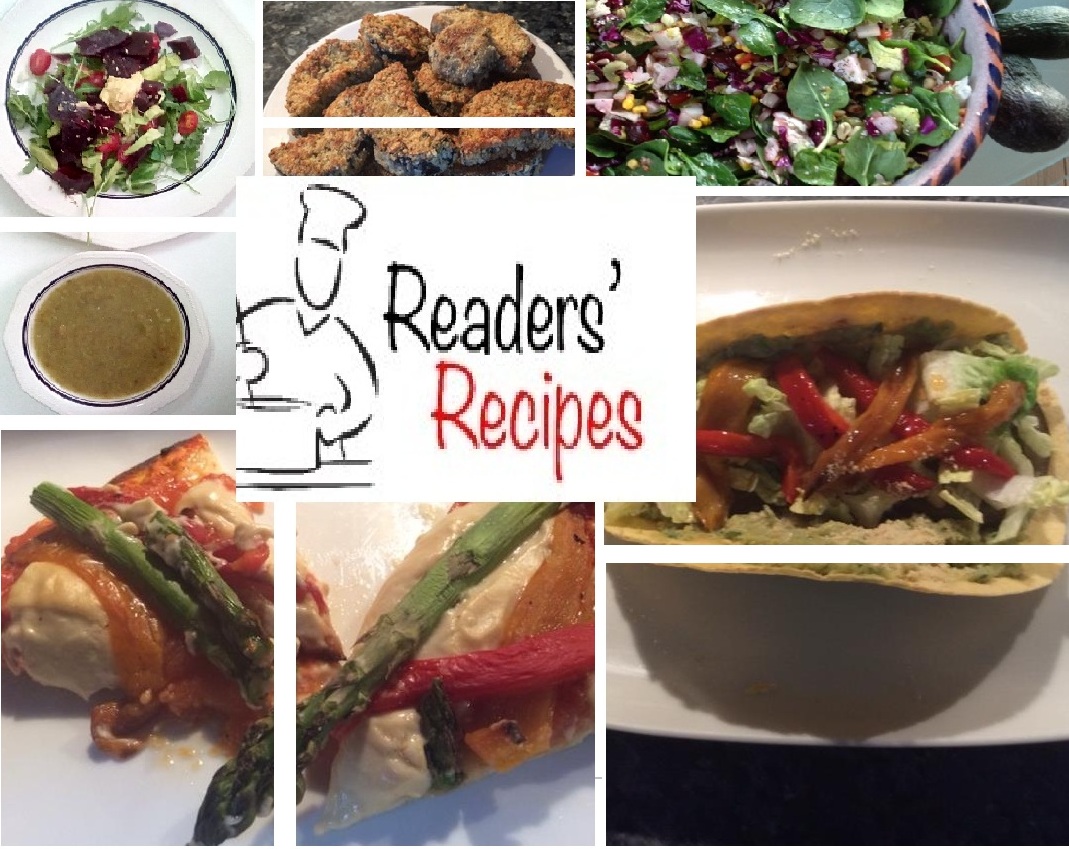
Maggie’s Magic in Maggie’s Own Words:
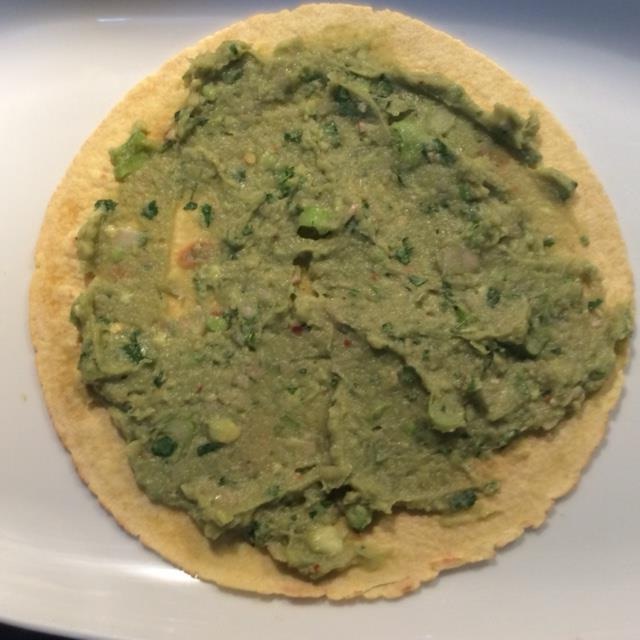
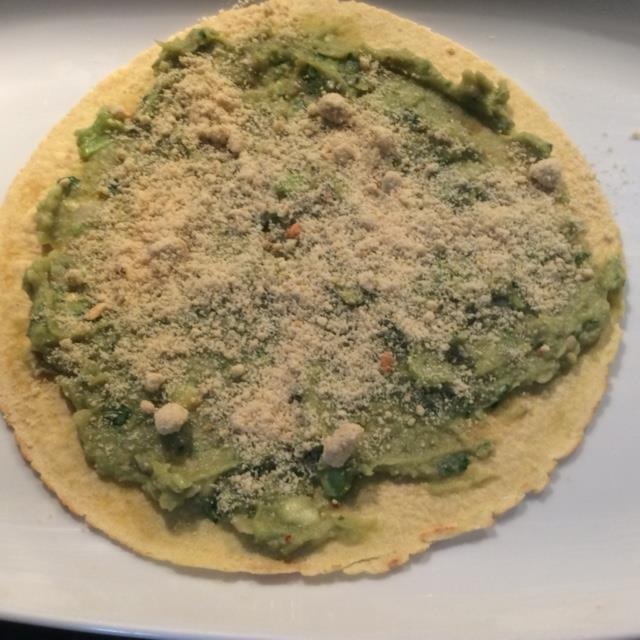
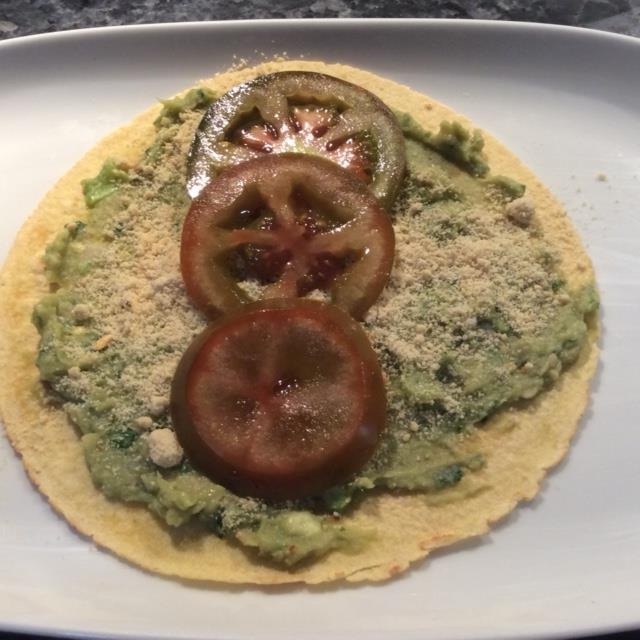
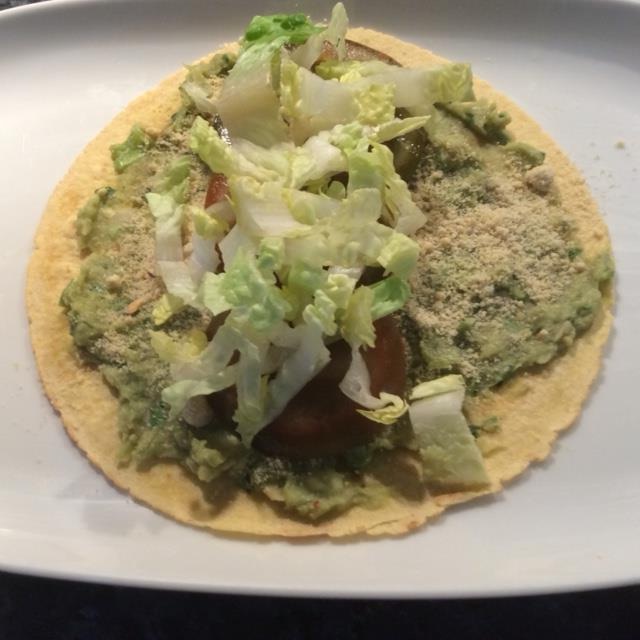
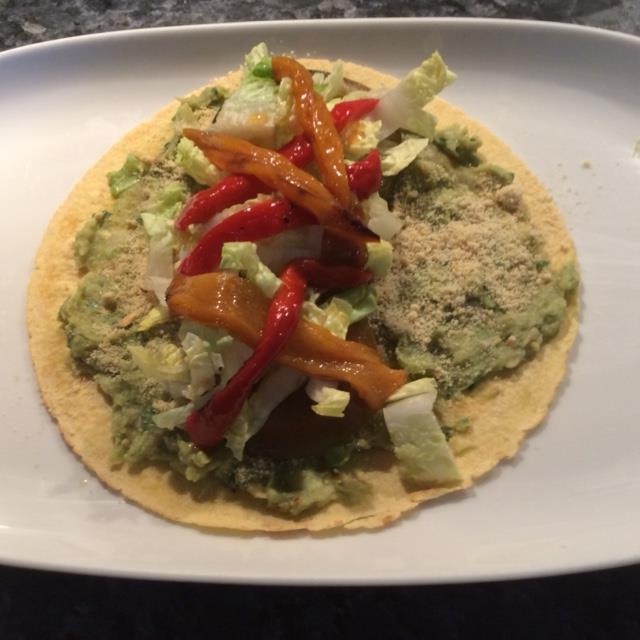
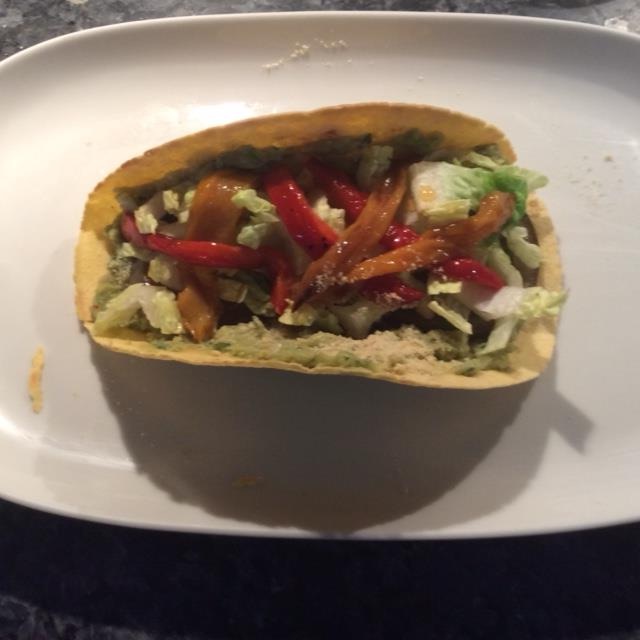
Wholistic Nutrition







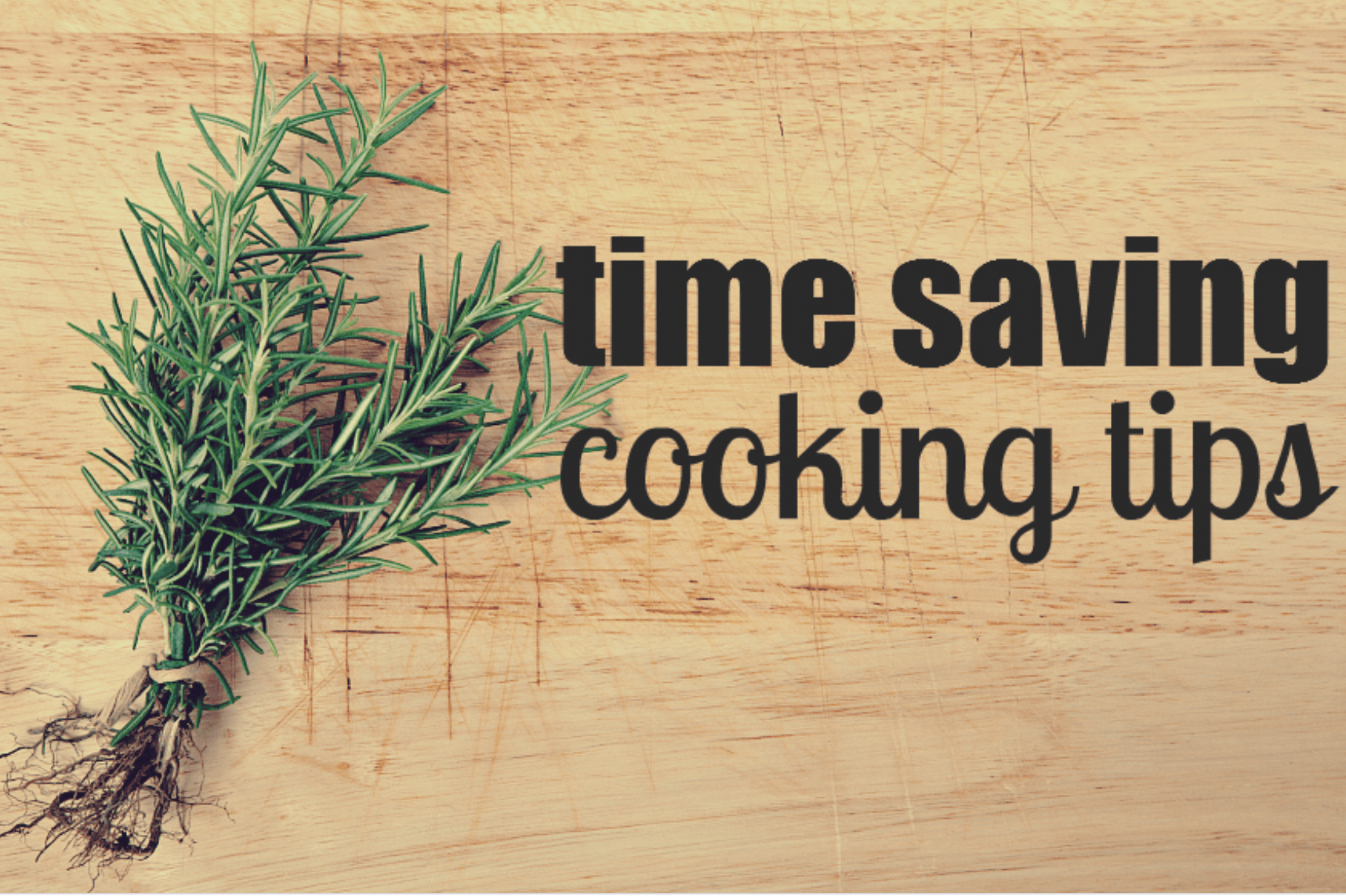
Using dried beans** that you boil yourself appears to be the best option in terms of both the financial and the health benefits.
Shop-bought jars or cans of cooked beans (BPA (1.) issues aside) often contain additives such as stabilisers, anti-caking agents, colouring, flavouring and they usually have added salt – sometimes as much as 100 times (2.) as much as they would contain if you boiled them from dried without salted water. Just make sure you boil them well. ***
TIP 1: Cook beans or peas in large batches and then portion them up as required and freeze them.
TIP 2: Apply the same approach to all sorts of grains (wheat berries, buckwheat, barley, spelt, etc) and, rather than make just one or two servings at a time, cook a huge pot, portion them up and in to the freezer.
TIP 3: When you are cooking your grains, add quick-cooking legumes (such as lentils) to the mix, portion up and and freeze. This combines two nutritious food groups.
TIP 4: When making stews, soups, chillies etc, prepare double (or triple!) batches and either stick in the fridge for the next day or pop portions into the freezer. This will not just save time, it will actually enhance the flavour when you reheat them.
The overall aim is to do all you can to save yourself time in meal preparation and to ensure that you always have some super healthy beans, peas and grains ready to form the basis of another meal.
TIP 5: Use the aquafaba
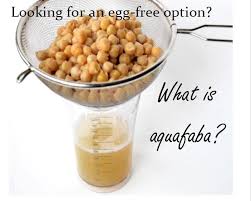
What is it? “The word aquafaba is the common name for the cooking liquid of beans and other legumes like chickpeas. You may know it as the typically discarded liquid found in retail cans and boxes of beans, or as the liquid left over from cooking your own.
Aquafaba can be used to replace egg whites in many sweet and savoury recipes. Its unique mix of starches, proteins, and other soluble plant solids which have migrated from the seeds to the water during the cooking process gives aquafaba a wide spectrum of emulsifying, foaming, binding, gelatinising and thickening properties.
A growing international community has developed around aquafaba to explore its full potential, resulting in many exciting recipes such as meringues, mayo, butter, cheeses, pavlovas, macaroons, baked goods, and much, much more!” (3.)
The Vegan Society (4.) has lots of ideas about how you can use aquafaba. Click to find out more.
Beans are naturally low in salt and are an excellent source of plant protein, fibre, vitamins B1 and B9, healthy plant iron, magnesium, potassium, phosphorus and copper.
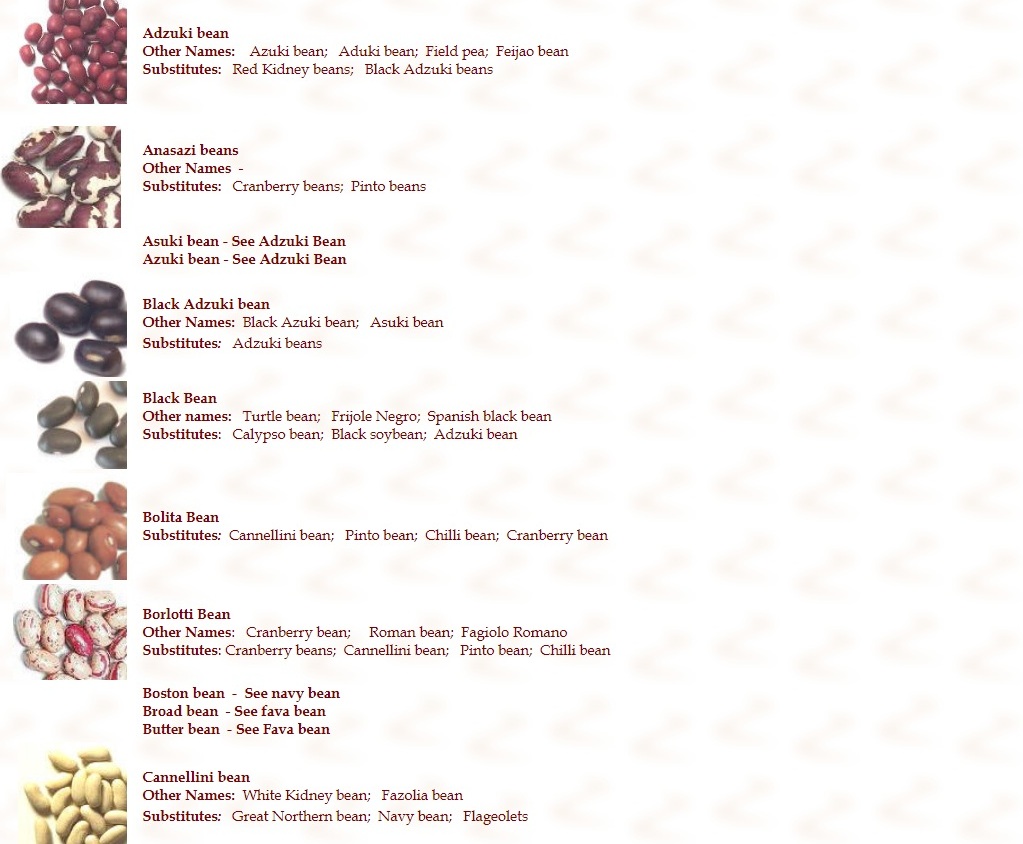
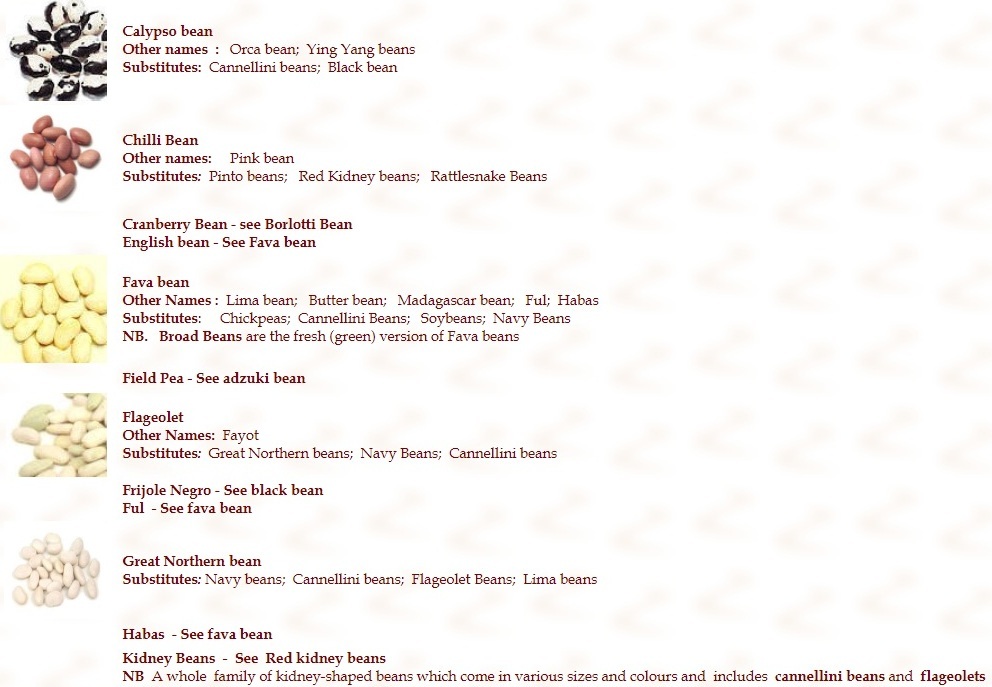
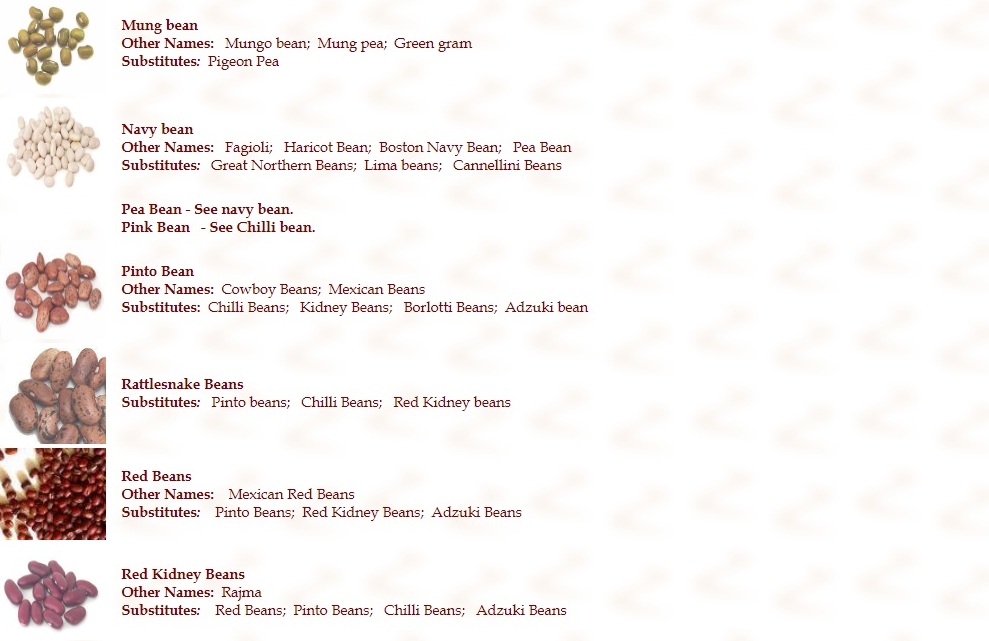
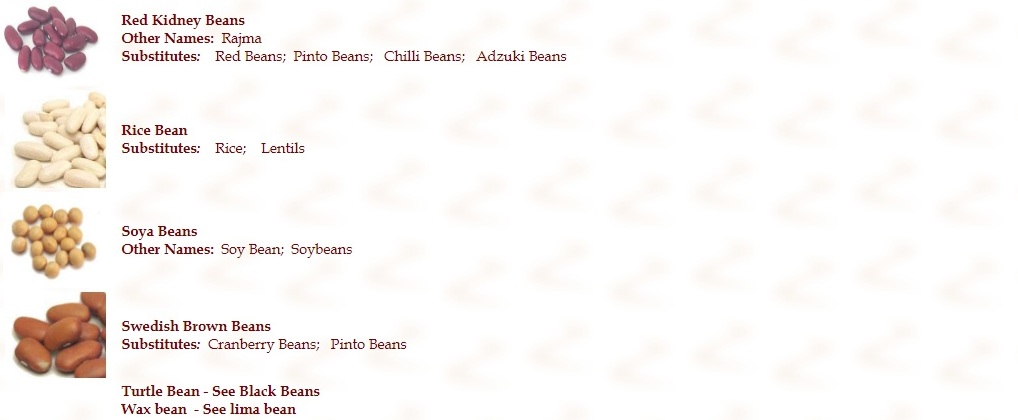
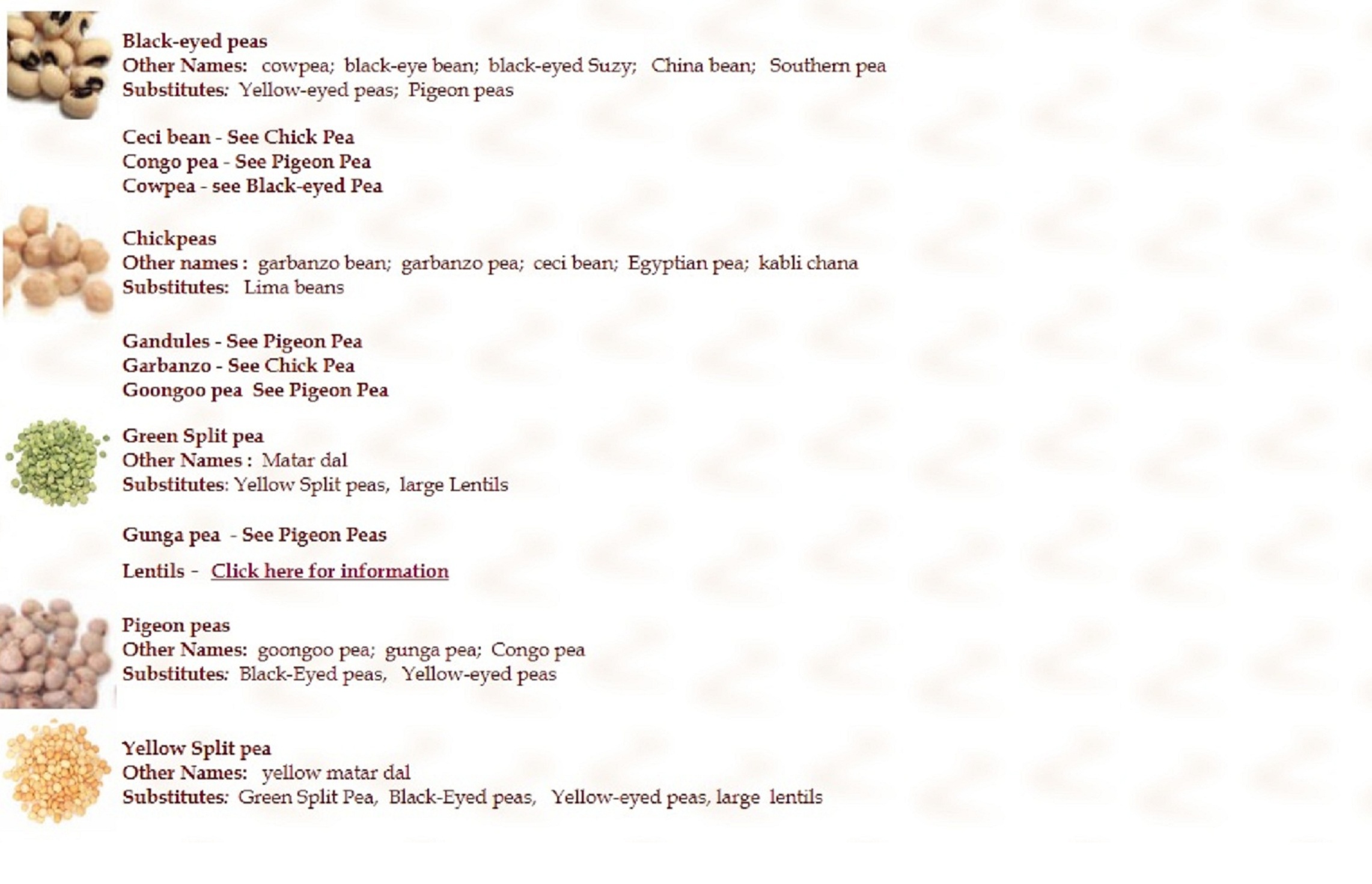
Most dried beans (including chickpeas) need to be pre-soaked for at least 4 hours, preferably 8 before being cooked. Some say not to bother soaking dried peas but doing so makes cooking a lot quicker. Lentils do not need pre-soaking.
Once prepared, dried beans should be put into cold water, brought to the boil and boiled rapidly for about 15 minutes. Then reduce the heat and simmer for about 1 hour 30 minutes. If desired, skim off any foam which forms on the top of the cooking water though this isn’t entirely necessary as it is merely water-soluble protein which is released from the beans.
Beans can also be cooked in a pressure cooker which drastically reduces the cooking time. Below is a chart showing the comparison in cooking times for a selection of beans, but to be on the safe side it’s best to check your cooker’s instruction manual.
Beans (soaked) Saucepan Pressure Cooker @15lb
Black Beans 1 to 1½ Hrs 5 to 8 Mins
Garbanzo Beans 1 to 1½ Hrs 5 to 7 Mins
Great Northern Beans 1 to 1½ Hrs 5 to 7 Mins
Lima Beans, Large 45 to 60 Mins Not Recommended
Lima Beans, Baby 1 Hr Not Recommended
Navy or Small Whites 1 to 1½ Hrs 5 to 8 Mins
Pink Beans 1 to 1½ Hrs 6 to 8 Mins
Pinto Beans 1 to 1½ Hrs 5 to 7 Mins
Red Beans 1 to 1½ Hrs 6 to 8 Mins
Red Kidney Beans 1 to 1½ Hrs 5 to 8 Mins
Soybeans 3 Hrs 12 to 15 Mins
Using a slow cooker
Unless you have a slow cooker with a “high” setting, cooking beans from fresh, even if they have been soaked, is not advisable. If you have a high setting, try cooking on high for 3 hours then reducing to low and cooking for a further 6 hours. Care must be taken when cooking on the high setting as a large amount of evaporation will occur so the beans should be carefully monitored to ensure the liquid level is kept topped up.
Freezing
Cooked beans do freeze quite well although better defrosting results are achieved if they are slightly under-cooked before freezing.
In any case, make sure the beans are properly cooked before serving or freezing them.
Equivalents: Most beans
1lb dried beans = 480ml/16fl.oz/2 cups dried
References
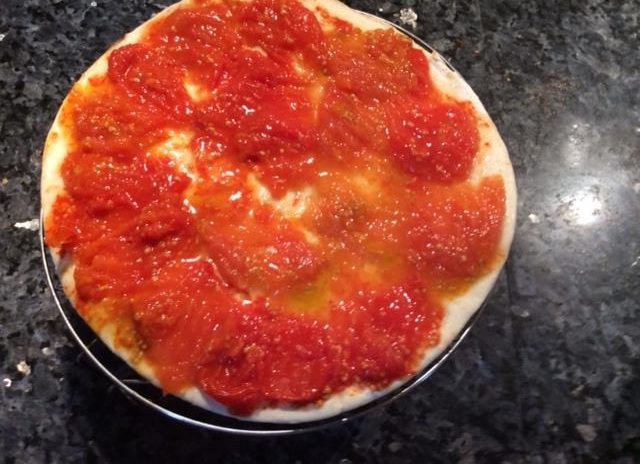
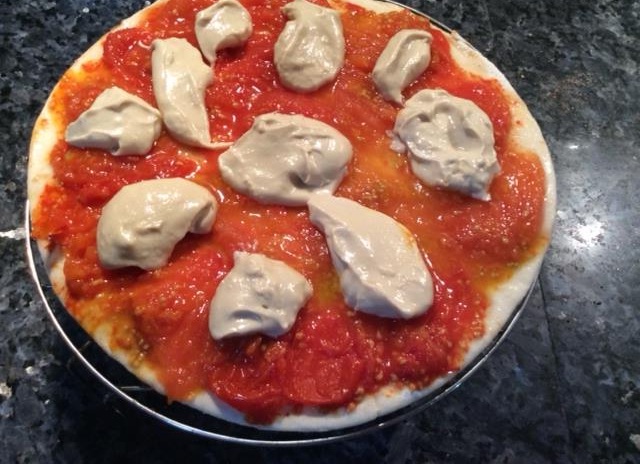
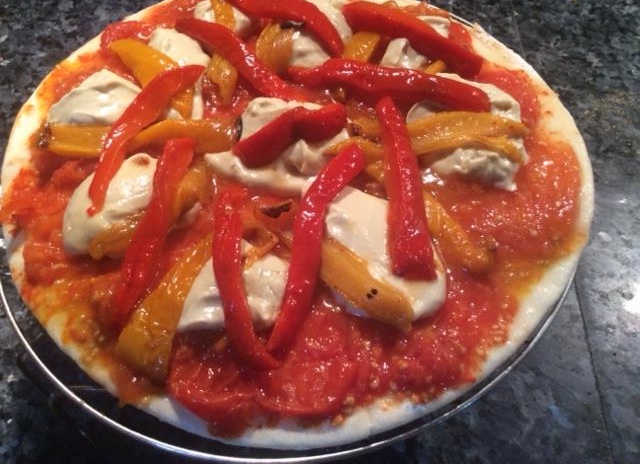
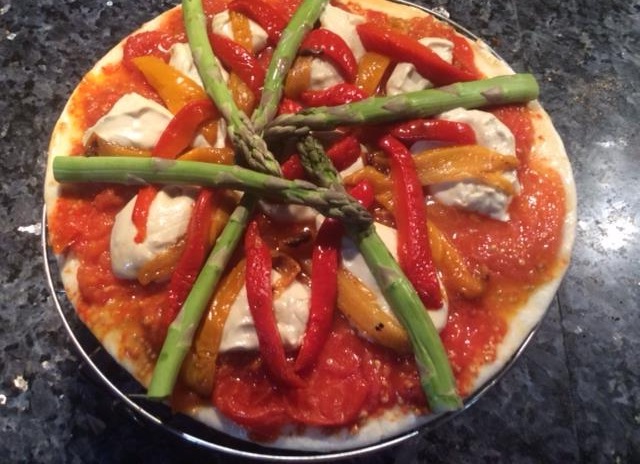
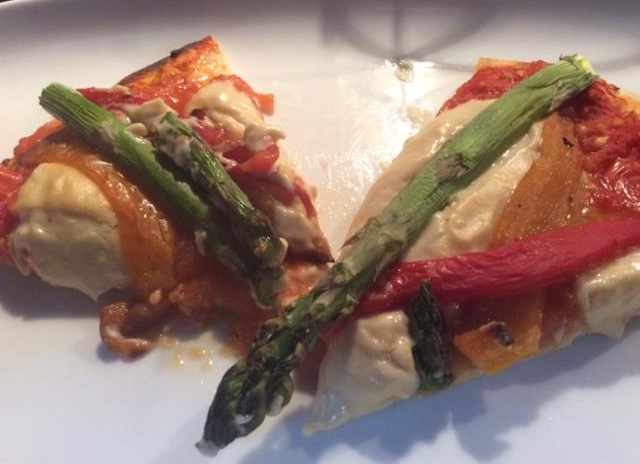
Maggie says:
“Tonight I wanted to feed my cold with some comfort food. I had a pizza base in the freezer and had some ready prepared roasted cherry tomatoes and skinned roasted red and yellow bell peppers in the fridge.
I crushed the tomatoes to cover the base, layered home made vegan mozzarella,* the peppers and then remembered I had some asparagus so popped on a few spears.
The richness of the roasted vegetables was absolutely delicious and even my vegan phobic partner tried and enjoyed it (only a very small piece as it was too nice to share!).”
*Home-made Vegan Mozzarella Ingredients
Joe’s Comment
Yea, I see there wasn’t much left!
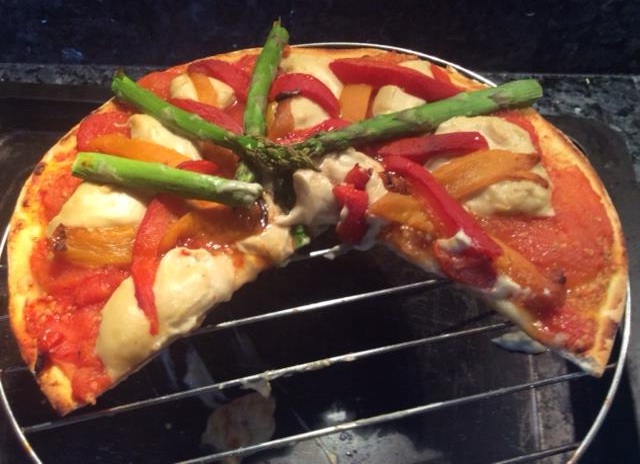
All good green light toppings, Maggie.
Am I correct in assuming that’s a white flour pizza base? I know what it’s like when we have something in the freezer that’s just begging to be used up. Maybe next time, have a go at making some home-made wholemeal pizza bases and freezing them. As Dr Greger says “shun refined grains, such as white bread and white rice”. (1)
The vegan mozzarella looks like a useful addition to the pizza, although I would personally avoid adding any salt at all to meals. Having said that, this is one that I will be trying out for myself.
References
1. Greger, Michael. The How Not To Die Cookbook: Over 100 Recipes to Help Prevent and Reverse Disease (Kindle Locations 1224-1225). Pan Macmillan. Kindle Edition.
The BBC are asking the question “Are insects the future of food?”
They point out that one Derbyshire-based company, Crunchy Critters in Ilkeston, says the price of insects can be reduced by increasing manufacturing.
This opens up the enticing possibility that Big Agriculture could impose the same industrial processes on producing insect protein as they have on producing mammal and bird protein – quite likely with same sort of environmental and social impacts, as well as the additional strain involved in growing extra food to feed these little critters.

So, from the looks of it, the bleedin’ big effalump in the boardroom still isn’t drawing the attention of the movers and shakers in Big Agri.
“Proteins of animal origin like milk, meat, fish, eggs and, probably, insects are very
valuable sources of essential amino acids, minerals and vitamins, but their production consumes some non-renewable resources including arable land and causes considerable emissions.” (1.)
While they are debating which animal crop is most efficient on a given area of land, one has to wonder whether they really are unaware of the fact that a given area of land can produce more than FIFTEEN TIMES the protein from growing edible crops than from growing cows (2., 3., 4., 5., 6.). It’s just so simple – cut out the middle moo!*
But claiming that insect agriculture will provide a viable solution to human hunger, without leading humanity down the same unsustainable route as that which we can already see with mammal and bird agriculture (7., 8., 9., 10., 11., 12., 13., 14.), ….
… well, it all sounds like a case of wanting to ‘have your critter and eat it” at the same time!
Click the mealy grub to see the short BBC video (if you dare…) 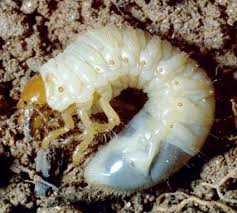
* Apologies to Dr M. Greger for plagiarising his ‘moo’ joke!
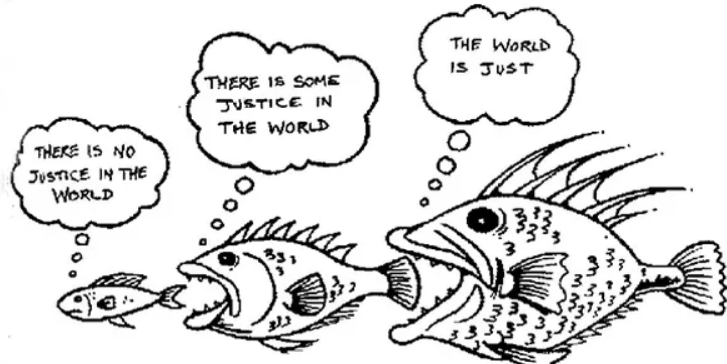
In Part 2 we will look at the design of scientific studies. Here, in Part 1, we will look at the scientific method.
Part 1 – Scientific Method
As you and I very well know, there are a bewildering range of different opinions about nutrition in general and, in particular, about what constitutes the ideal diet for human beings.
But how do we decide which opinion to trust? How can we be certain about what is just opinion and what is actually true?
I believe that we have to trust in an approach that is well summed up by Professor T Colin Campbell:
“In my realm of thinking, as far as research is concerned, I’d like to talk about science being an art of observation, basically pursuing a truth. Not necessarily ever finding a truth, but pursuing the truth, and in the process actually gathering evidence to a point where we have so much evidence, let’s say, for a certain point of view that then enables us to make decisions about ourselves, or about the society.” (1.)
This would rely on the use of a scientific method that can be duplicated and tested over and over again by other researchers if necessary in order to either verify or falsify the approach used, the data collected and the conclusions drawn.
I would suggest that there are 8 stages involved in a reliable scientific method. And this would then provide us with the sort of results that we could trust more than mere opinions – whether these opinions are expressed by friends and family, in newspapers and magazines, on social media or internet sites, in TV documentaries or news programmes:
The Scientific Method in Eight Stages
Stage 1 – Ask a question
Example: Are UK vegans especially at risk of vitamin D deficiency compared with the general population?
Stage 2 – Conduct background research
This would involve reviewing all published scientific literature for studies that establish a link between the vegan diet and vitamin D deficiency.
Stage 3 – Construct a hypothesis
Example: Make the prediction that it is more likely that vegans will have a vitamin D deficiency than the general population, based on the hypothesis that those who do not eat animal products (considered the major dietary source of vitamin D), and who also do not get enough exposure to sunlight because of the UK climate, may be more at risk.
Stage 4 – Test the hypothesis
The scope of this stage will depend on the amount of grant funding there is available. For instance, blood results might be compared between a cross-section of 50 vegans and 50 non-vegans if funding is low, but the sample might be increased to, say, 10,000 members of each group is funding is high. Naturally, the larger the sample size, the more reliable the results will be.
Stage 5 – Analyse the data and draw conclusions from it
This will require statistical analysis and justifications for whatever conclusions are drawn from the data relating to the populations analysed and the prevalence of vitamin D deficiency.
Stage 6 – Consider the conclusions and, if necessary, construct a new hypothesis
Example: it may be revealed from the data that vegans are much less at risk of vitamin D deficiency than was hypothesised in stage 3. Indeed, let’s say that the data revealed the unexpected finding that there was a widespread vitamin D deficiency within both groups studied – vegans and non-vegans; and that a particular group at risk was found within the females of Asian communities in the north of England and in Scotland. These findings might then suggest to the researchers that further research is needed. This might be research that, for instance, aims to establish a more accurate description of the scale of the problem; aims to discover the best ways of preventing/treating vitamin D deficiency; whether government/NHS campaigns are needed; or whether initial focus needs to be on the groups already identified as most at risk in the north of England and Scotland.
Stage 7 – Share the results of the research
The findings along with every detail of the research (the people who conducted it, the methods used, etc) would be published in a peer-reviewed journal. This would allow other scientists to review and comment on the study.
Stage 8 – Repeat the research
This might happen many times in order to check and re-check aspects of the research and the validity of the conclusions drawn. Eventually, if the research is repeated time and time again, and the same results are found by different researchers from different professional backgrounds and different countries, then it is likely that the findings could be described as proven facts or proven theories, depending on the nature of the research itself.
Whilst this is a rather simplistic view of the scientific method, it may help us to decide the reliability of an opinion we may already hold ourselves or that we may come across during our day-to-day life. A rule of thumb is to reserve any claim of certainty about an opinion until, as Dr Greger repeatedly says, it ‘s “put to the test”.
Finally, what is interesting in Professor Campbell’s quote above is that he does not talk about needing to establish “truth”; rather, we just need to know that we have done all we can to honestly and reliably establish the maximum amount of evidence in support of our opinion, even if this involves doing all we can to actively disprove our own opinion.
In my experience, it seems to be only those with strong religious convictions or hidden agendas who claim 100% certainty and will not consider the possibility that they are mistaken.

Thanks to bryanridgley.com for the images
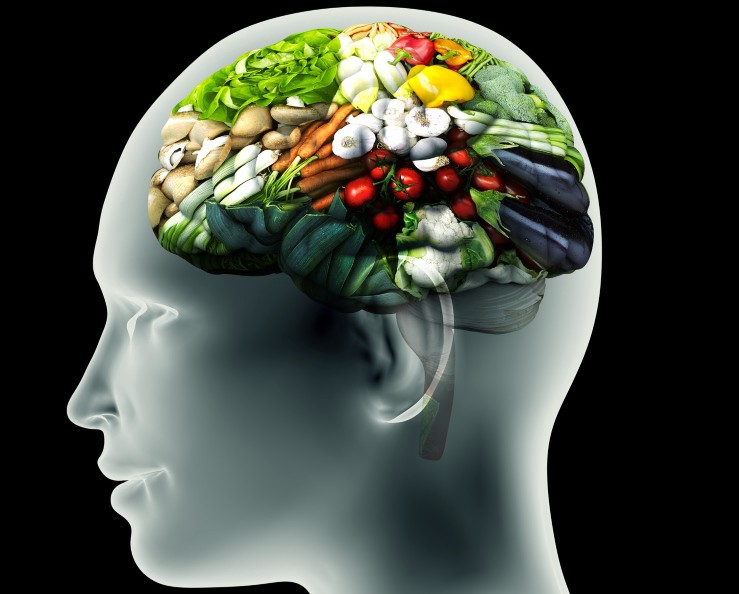
Cutting out saturated fat from animal foods has been shown to be the most successful treatment for MS according to Dr Roy Swank – and this includes ALL current medications and ALL invasive procedures.
The results he published (1., 2., 3., 4., 5., 6., 7., 8.) within his 170 peer-reviewed scientific papers “…remain the most effective treatment of multiple sclerosis ever reported in the peer review [medical] literature. In patients with early stage MS, 95% were without progression of their disease 34 years later after adopting his low-saturated fat dietary program. Even patients with initially advanced disease showed significant benefit. To date, no medication or invasive procedure has ever [even] come close to demonstrating such success.” (9.)
If you come across research that sheds more light on this subject, please share it with us. Also, if you have experience of MS yourself or in relation to family or friends, your stories will be of interest to other readers.
Finally, if you or anyone else suffering from MS would like my help in creating a WFPB diet plan, please get in touch and I will do all I can to advise and assist in ensuring that we work together to achieve the optimal diet and lifestyle for health and wellbeing.
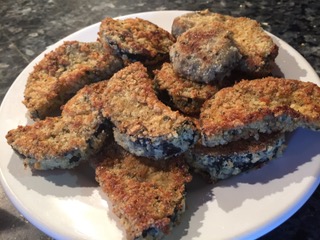
This is a handy aubergine recipe suggestion from Maggie, one of our readers.
In her own words: “Today for lunch I ate some aubergines which are delicious as prepared and cooked with this recipe [click on link for recipe details]. And I even remembered to take a photo. A bit of a faff to prepare, but worth it. I tried missing out the frying stage and put them directly into the oven, but they weren’t so good as when fried first.”
Joe’s opinion:
I would caution using ANY of the added cooking oils or added salt that are listed in the above recipe or, for that matter, in ANY recipes. In future blogs, I will be providing you all with sufficient published research data to substantiate my concerns about these two ingredients being any part of a WFPB diet. In this case, I would simply bake the aubergines without the oil as, I believe, Maggie is suggesting. Alternatively, they can be “sautéd” in a frying pan while ensuring that they don’t stick – possibly by dribbling small amounts of water into the pan while heating.
Maybe give it a try. It might work. It might be a disaster. But, let’s experiment! Come up with some suggestions on how to adapt this recipe and let us know how you got on (with photos or videos please).
If you want to use a recipe/cooking book that only contains green light foods, look no further than Dr Michael Greger’s “How Not To Die Cookbook”, available here and on Kindle from here.
Finally, I just happen to have bought a lorry-load of fruit and veg (including a wheelbarrow full of aubergines – called eggplants in the recipe above) just as the Cómpeta outdoor market was closing today.
And as you can probably guess from the quantity (and this is only half of what we bought), they were selling stuff off at discounted prices…
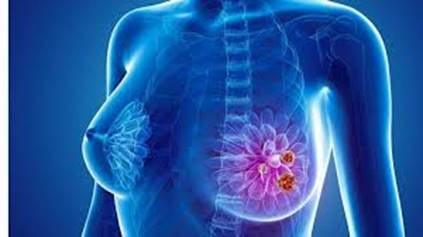
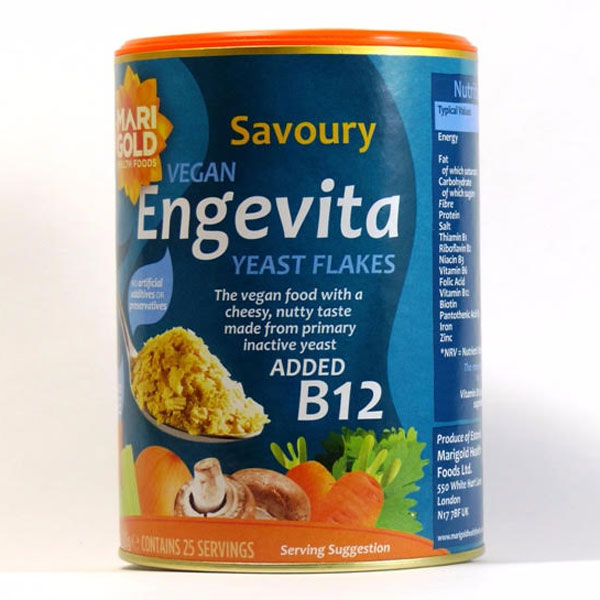
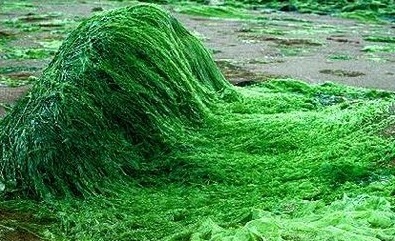
One of our readers just asked if she should use up the packet of spirulina that has been lingering in her larder for some months.
Spirulina, referred to as a blue-green algae, belongs to the family of several species of micro algae such as blue-green aphanizomenon (the closest relative of Spirulina) and green algae chlorella and dunaliella. The dried biomass of spirulina is called Arthrospira platensis, and it belongs to the oxygenic photosynthetic bacteria that cover the groups Cyanobacteria and Prochlorales.
Spirulina can be found on every continent and grows naturally in mineral-rich alkaline lakes.
In its pure non-polluted state, for instance, when the Mexican Aztecs were harvesting it from algae in Lake Texcoco back in the 1400-1600’s, it may have fulfilled some of the health benefits claim today, in terms of lowering blood pressure and cholesterol levels and treating seasonal allergies. But, and it’s a big BUT, there is a real and dangerous issue surrounding its use in the 21st Century.
There are serious concerns (1., 2.) about the levels of toxins contained in those spirulina supplements you see in your local health store. 94% of samples taken in one study contained other algae and were contaminated with hepatotoxic microcystin toxins, along with dangerous levels of another potent neurotoxin. Additionally, cyanobacteria blooms in lakes are increasing and they can contaminate the specific algae, spirulina, used in supplements. The health risks of all this can include: seizures in infants (3.), muscle breakdown, liver cancer, and liver toxicity (4.).
Yes, it’s true that spirulina was evaluated by the USP (The United States Pharmacopeia) and they found that “..the available evidence does not indicate a serious risk to health or other public health concern when spirulina is properly identified, formulated, and used.” (5.) But that’s the problem – other algae (the dangerous stuff) can often be mixed in with the spirulina because it is often grown in and collected from open lakes where various blue-green algae grow and mix together. So, unless you are 100% certain that the spirulina you have has been rigorously tested and passed as spirulina – the whole spirulina, and nothing but the spirulina – give it a wide berth.
Look, even accepting that 100% pure spirulina has health benefits, if you are really worried about lowering your blood pressure and cholesterol while also improving your autoimmune system, all you have to do is follow a balanced whole food plant-based diet with lots of exercise, get lots of sleep and avoid unnecessary stress.
There’s always loads of money for Big Pharma to make out of selling you “health in a bottle”; so no wonder they are not interested in people getting healthy by ignoring their often highly-priced products and simply eating healthy food as it was meant to be eaten.
References
Finally, if you want to hear from Dr Michael Greger on this subject, have a look at these spirulina videos:
[youtube https://www.youtube.com/watch?v=74bbWmFhLzk&w=1150&h=647][youtube https://www.youtube.com/watch?v=gk4O232TVeE&w=1150&h=647][youtube https://www.youtube.com/watch?v=GEInBCJPtGQ&w=1150&h=647]

Research scientists as early as the 1980’s (1,2) estimated that around 35% of cancers were causally linked to dietary factors, with some researchers now suggesting that it is closer to 70% (3). Whether the lower or higher figure, if these estimates are correct, then why are the majority of people continuing with their conventional diets without stopping to find out whether they are eating themselves into chronic ill health, ending in a potentially avoidable early death? This is particularly poignant when you consider that cancer is one of the top two leading causes of death in the western world, along with heart disease.
Amongst those eminent scientists who consider that the 70% figure is closer to reality is Professor T Colin Campbell. He, Dr Caldwell B Esselstyn and Dr Dean Ornish are luminaries you will come across whenever you search for the leading pioneers of whole food plant-based nutrition, and much of my work is underpinned by their and other outstanding individuals’ invaluable research.
It has been shown, for instance, that even heavy smokers who ate a diet richer in beta-carotene (found predominantly in green leafy vegetables) were less likely to develop lung cancer than those heavy smokers who didn’t eat their healthy greens (4).
Dr Dean Ornish undertook some pioneering research into prostate cancer and how its progression might be affected by dietary/lifestyle changes (5). His results showed a significant and positive effect compared with the control group who did not make these changes to their diet and lifestyle. And which man wants to increase the risks of getting prostate cancer just because they can’t resist the temptation of fried eggs and bacon? Well, that’s the whole point – loads of them! And it isn’t necessarily their fault. Our society is so unaware of the relationship between diet/lifestyle and chronic killer diseases like cancer. It is hardly possible to pass a whole day without being assailed with adverts and other inducements that make us ignorant of the fact that the ‘Just Eat’ fast food campaign is anything but just, or that eating a Big Mac is anything other than a Big Mistake.
You might be interested in seeing Dr Dean Ornish interviewed – https://youtu.be/IOu_5xAebL8 and his TED talk – https://youtu.be/CbVflDOWCbU.
I will be looking more closely at specific research linked to diet and other cancers (particularly prostate and breast cancers) in subsequent blogs. Additionally, I will look at the particular foods that research has shown might be strongly beneficial for those who want to reduce cancer risk, as well as for those who are already diagnosed and want to do all they can to slow down (and hopefully reverse) the cancer progression.
References